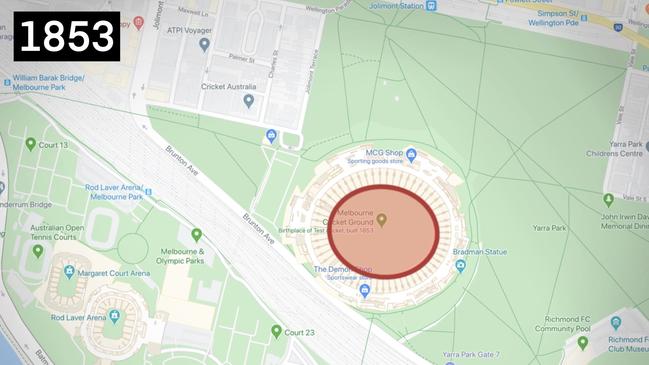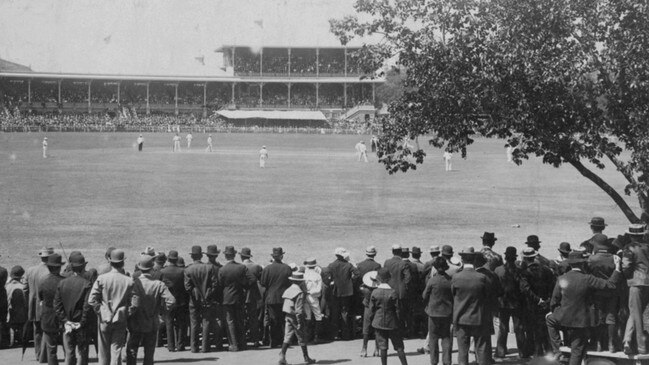History of the Melbourne Cricket Ground: Where the ’G could have been
The MCG is the crown jewel in Melbourne’s sporting capital crown, but the hallowed turf didn’t always have a place of pride on the banks of the Yarra.
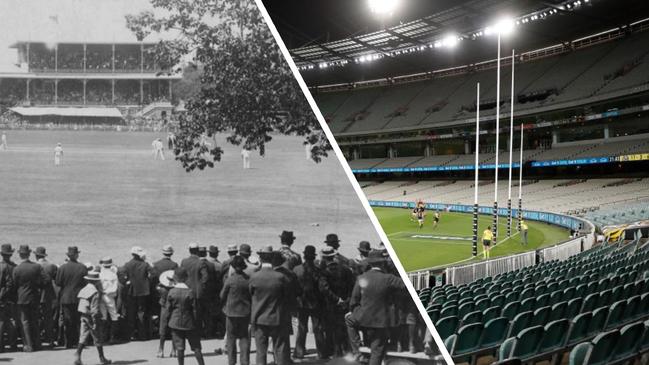
VIC News
Don't miss out on the headlines from VIC News. Followed categories will be added to My News.
From Bundoora to Bangladesh, children grow up with dreams of playing on the Melbourne Cricket Ground.
The patch of turf in Richmond, rimmed with some of the biggest grandstands in the world, has hosted the Olympics, the Commonwealth Games, the Ashes and countless footy grand finals.
But the sporting Mecca we now call the MCG could have been in a completely different location if fate had not intervened.
As the freshly founded Melbourne Cricket Club tested sites around Melbourne, battles with flooding and the expansion of the young city caused the ground to move several times until it settled in its current location to become, according to many, the city’s heart and soul.
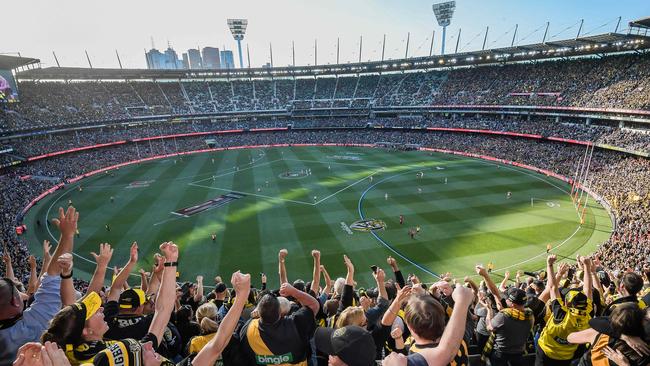
LONG BEFORE FOOTBALL
In 1838 there were even fewer Australian Rules football games than in 2020.
The game was yet to be invented. Melbourne had been founded just six years earlier.
The Hoddle Grid had been drawn up the previous year and familiar names such as Collins St and Bourke St were already in use.
But the town was so small that Bourke St was considered to be past the fringe.
Australian football had not even been imagined and the Melbourne Cricket Club, the organisation that would establish one of the greatest sporting arenas in the world, was nothing but an idea.
The new village of Melbourne was not short on space, and an opportunity to form a cricket club on a flat patch of land just outside of town was eagerly pursued.
Melbourne residents George Smyth, FH Powlett, R Russell, AM Mundy and CF Mundy met as the founding members of the Melbourne Cricket Club.
The club’s first game was played in November 1838 on a field at the corner of Latrobe and Williams streets – land that would later be used for the Royal Mint.
The club had just 20 members by the following year.
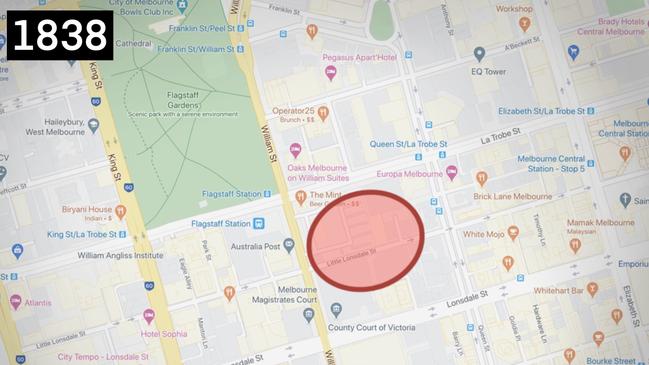
As the organisation gained momentum, a new field was chosen roughly at the site of what is now Southern Cross Station at the foot of Batman’s Hill, a spot first named Pleasant Hill by Melbourne founder John Batman.
The hill itself was levelled during the Nineteenth Century as Melbourne expanded.
By 1846 the club had 40 members. It moved from the Batman’s Hill site before construction work began on Spencer St Station.
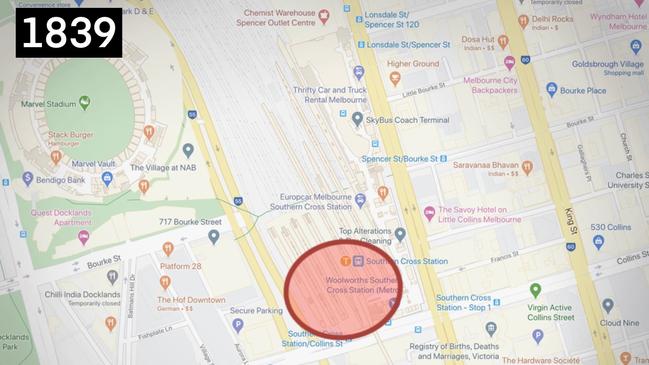
The club’s new site was south over the river on what is now Queensbridge St, close to the Crown Casino site.
It became the first field referred to as the Melbourne Cricket Ground and in 1852 hosted Victoria’s first intercolonial cricket match between the Port Phillip District and Van Diemen’s Land.
But the site was not without its problems.
Land near the Yarra was, and still is, notoriously subject to flooding.
And plans to build a rail line from Melbourne to the Sandridge (now Port Melbourne) meant the MCC would have to move again.
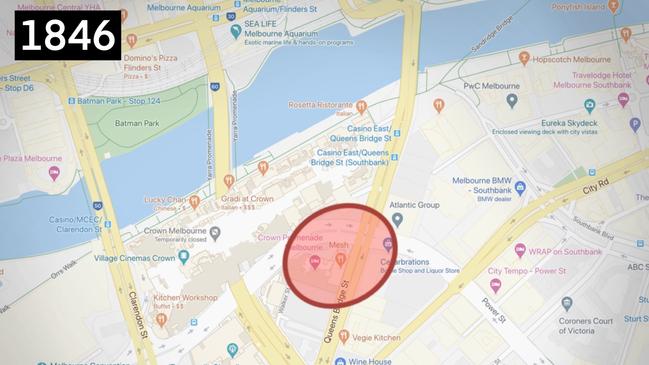
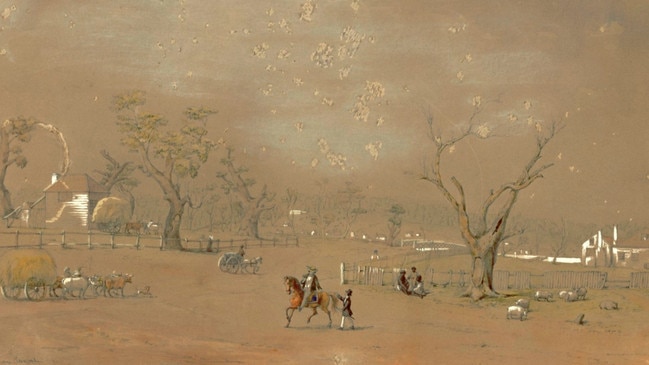
THE POLICE PADDOCK
In the early 1850s, authorities gave the MCC the choice of three locations to establish a field on the south eastern side of the CBD.
The most desirable site was being used by the police as a grazing field for its horses.
Until its official foundation in 1853 the police force in Victoria was a loosely organised group of militia including about 30 indigenous riders whose horses were kept by the Yarra at Richmond, near a basic police station.
The patch of grazing land was flat, but not so flat that it wouldn’t drain, and was not subject to flooding like the old MCG site.
It was perfect for a cricket field, and in 1853 was acquired by the MCC.
A new grandstand quickly went up at the old police paddock and the MCG took shape.
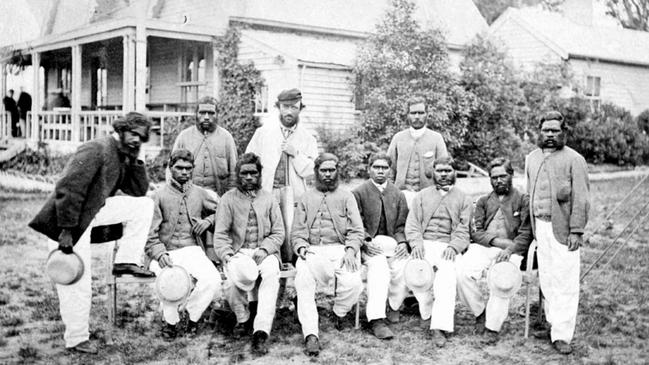
THE RISE OF THE G
Five years after the move, a letter by Thomas W Wills was published calling for a new sport to keep cricketers fit in winter.
The advent of Australian Rules changed the course of the cricket club and the ground forever.
By 1879 football was being played at the Richmond site and night under electric lights.
By the turn of the century the MCC had about 2500 members.
By 1956 that had ballooned to 9800 members as the G hosted the Melbourne Olympics opening ceremony with more than 107,000 people in attendance.
In 1959 an astonishing 130,000 people attended to see American evangelical preacher Billy Graham – an attendance record that still stands.
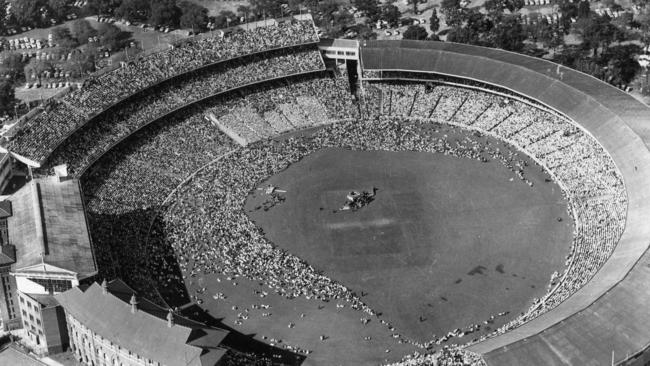
Now, the MCC has more than 100,000 members and is the largest sporting club in Australia.
If they could see it now, the cricket-loving early Melburnians who founded the MCC would find its location the least surprising part of the club.
None would have dreamt of the rise of Australian football, the huge popularity and prestige of MCC membership or the awesome infrastructure that gives the G an unrivalled capacity.
MORE NEWS
FOOTY CHARACTERS YOU’LL MEET AT YOUR LOCAL CLUB
GREAT STORIES YOU’VE PROBABLY NEVER HEARD OF
MELBOURNE’S SEVEN DEADLY PARKING SINS
